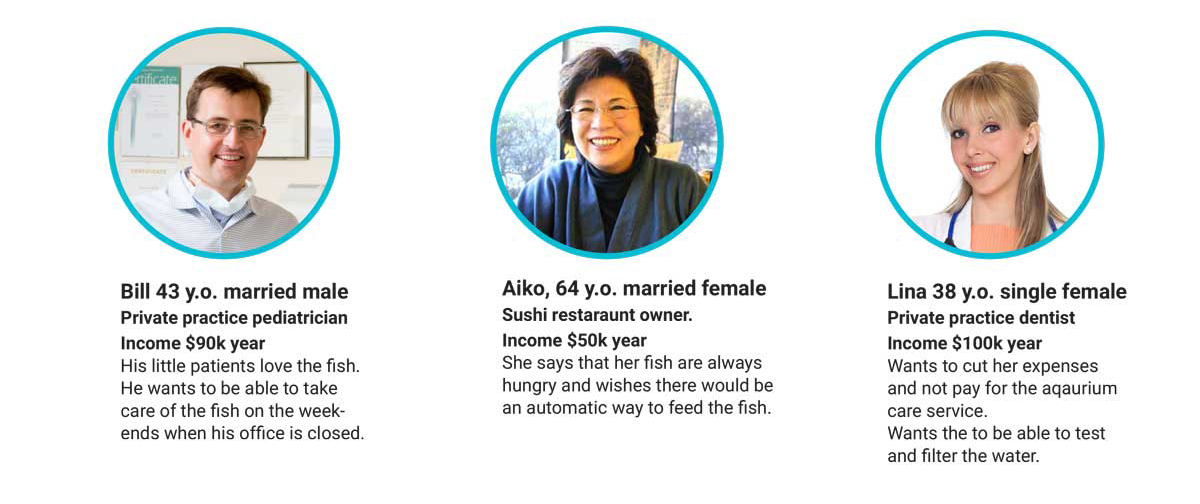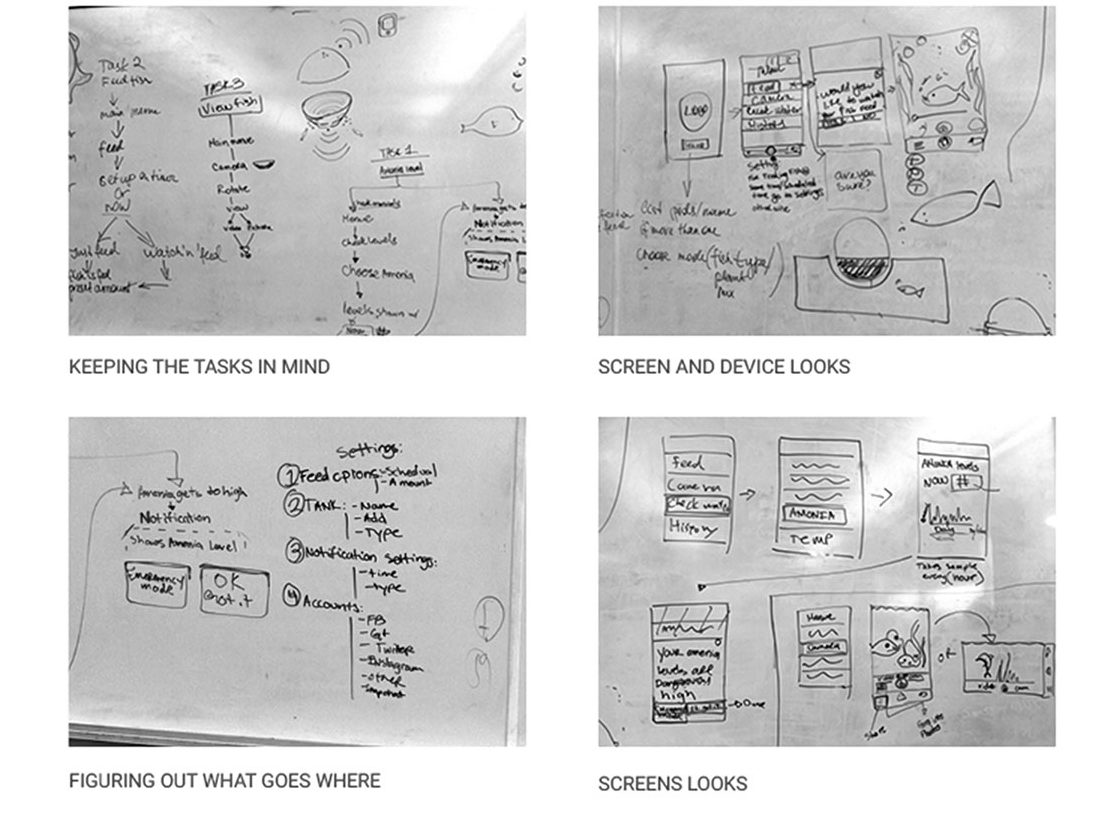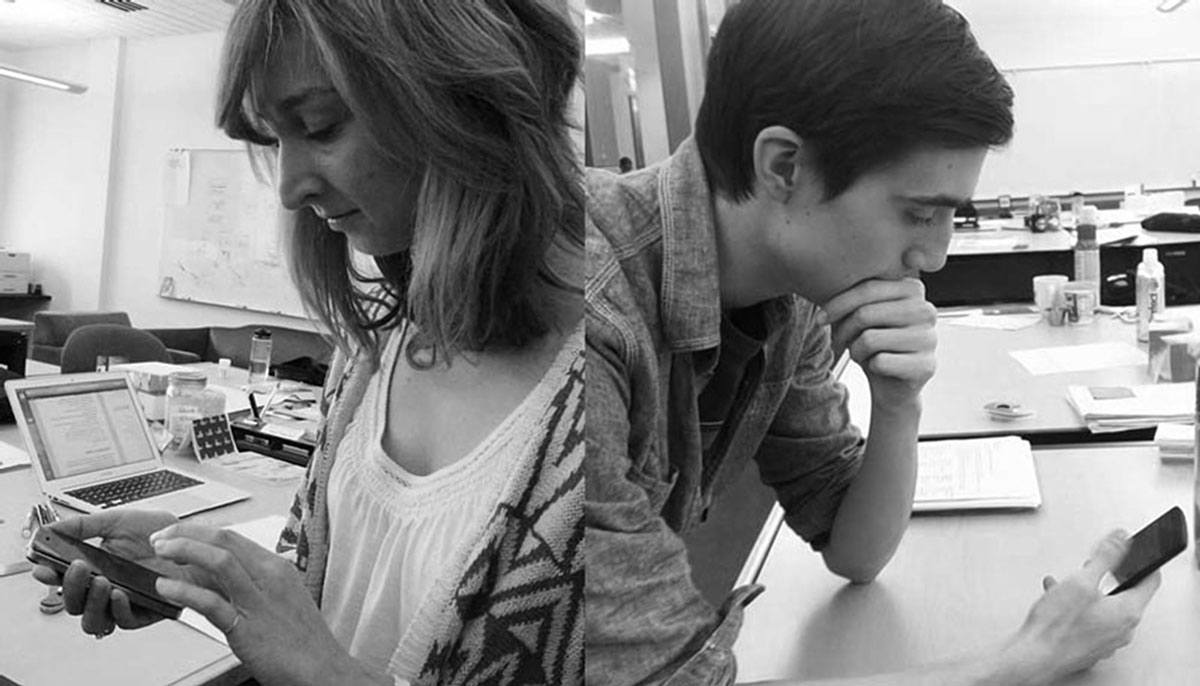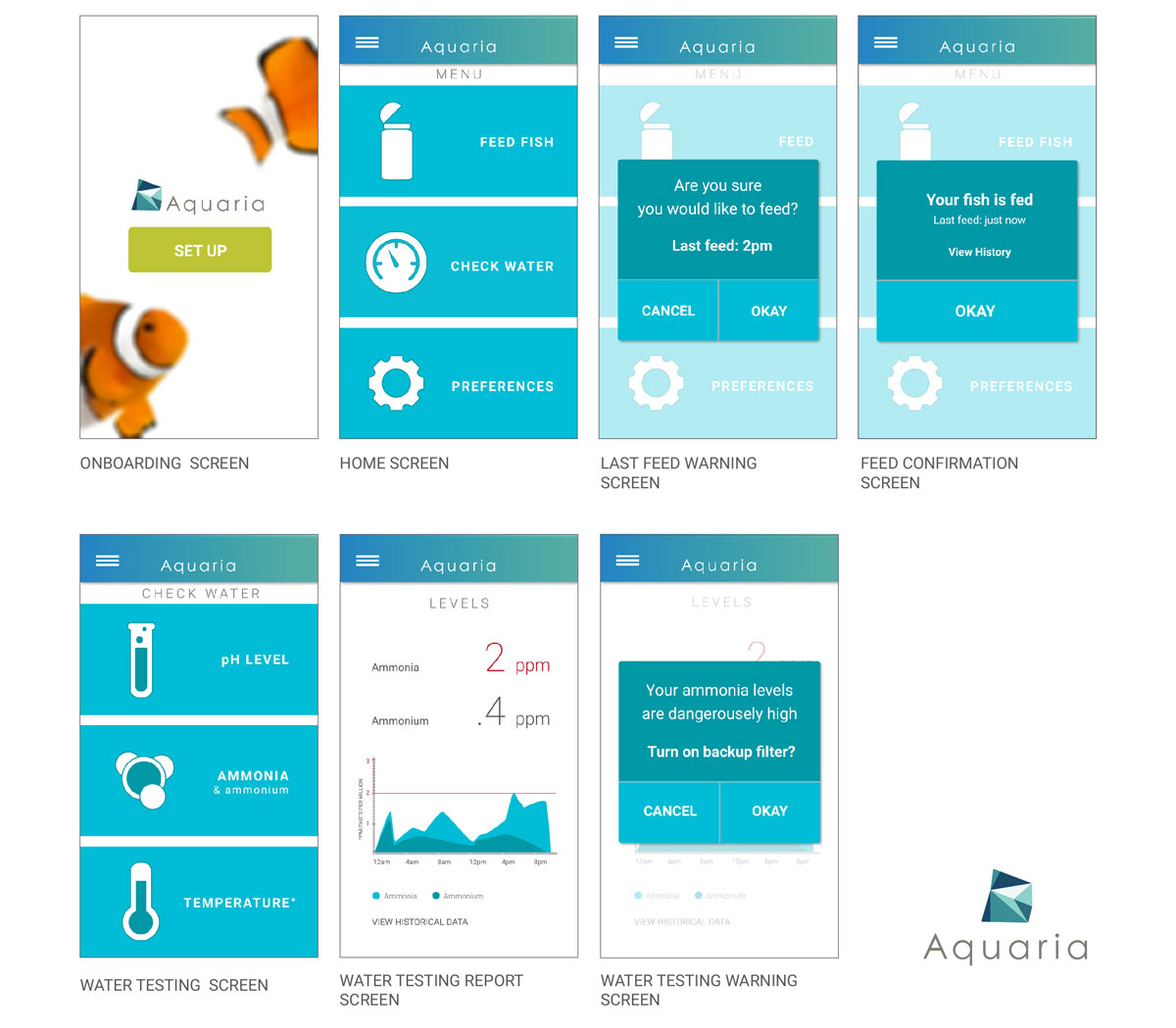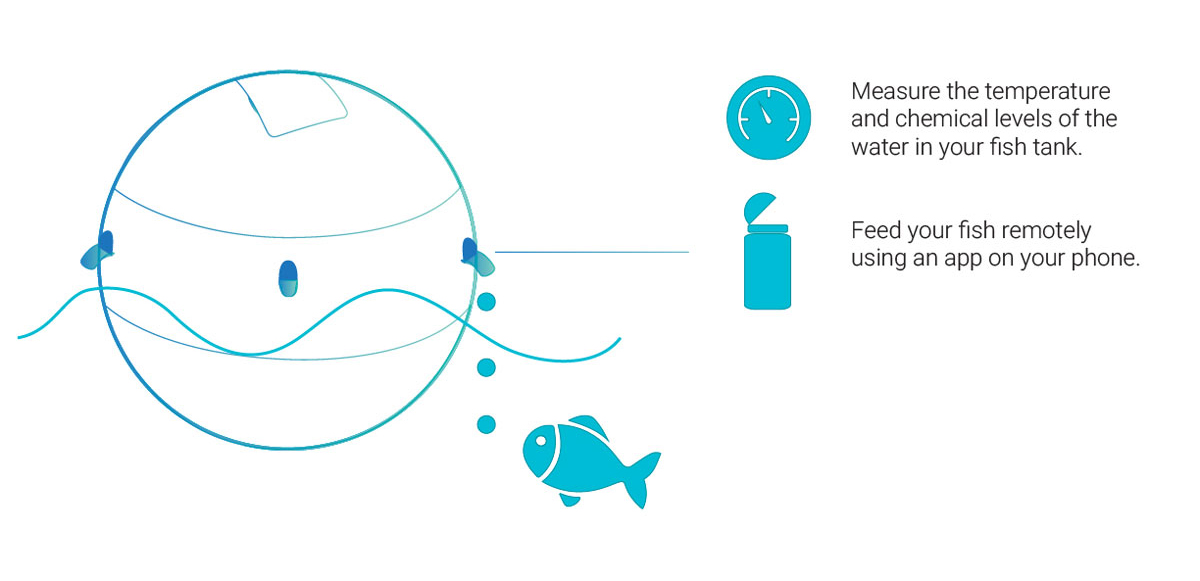Tropical fish are expensive. Common costs of a salt water fish tank set up run into thousands of dollars. It require a lot of maintenance for feeding the fish, water changes, water testing and chemical balancing.
Small businesses with large fish tanks are not set up to deal with the level and complexity of maintenance, and/or the cost of hiring the fish tank cleaning service.

